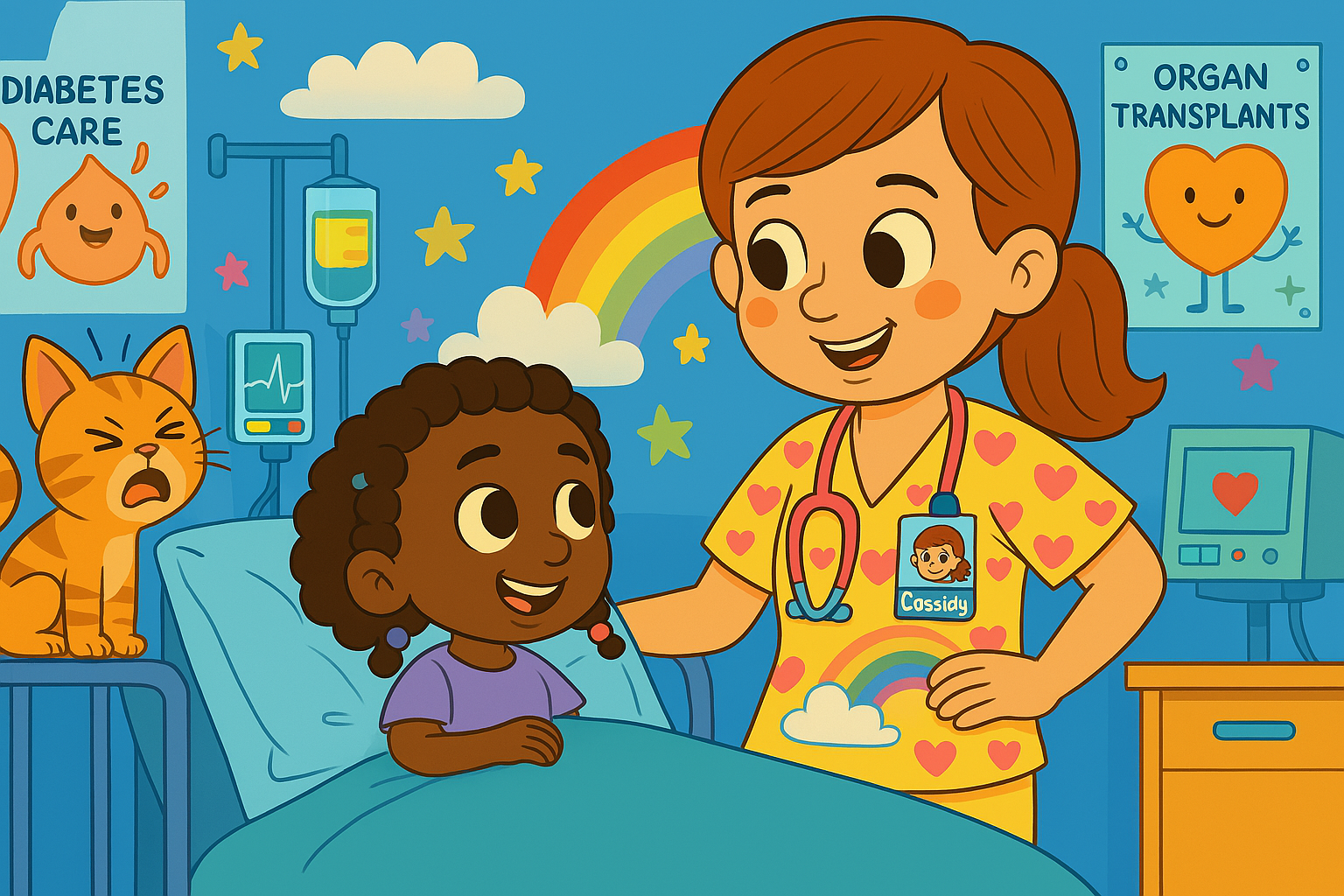On This day, January 11 1922: Insulin Was First Used to Treat Diabetes
On Jan. 11, 1922 fourteen-year-old Leonard Thompson was injected with a pancreatic extract prepared by Dr. Frederick Banting, and medical student, Charles Best.
Although his blood sugars went down a little, there was not a lot of change following Thompson’s initial injection, according to the University of Toronto’s heritage website.
But biochemist Bert Collip, who had been working with Banting and Best in a lab provided by the university’s head physiologist, Prof. J.J.R.. Macleod, developed a method to refine the extract and daily injections of this extract started Jan. 23. Improvement was immediate and remarkable. The boy’s blood sugar levels dropped to normal levels (Thompson would live another 13 years with daily injections of insulin, before dying of tuberculosis.)
It was not a cure but it was a monumental breakthrough in treatment for what had been an untreatable disease.
In March, 1922 a paper describing the case of Leonard Thompson, and six other patients the Banting and Best team treated with the refined extract, was published in the Canadian Medical Association Journal. It was the first official announcement of an extract developed to alleviate the symptoms of diabetes.
“A message of hope to sufferers from diabetes goes out authentically today from the medical research laboratories of the University of Toronto. The modesty of medical men and scientific investigators of the genuine brand attempts to minimize the results obtained. The harm of exaggeration and the injustice to both parents and research men in awakening false and premature hopes before the extracts can possibly be manufactured cannot be over-emphasized. But the fact remains that one of the most important discoveries in modern medical research has been made at the university here. It is not a cure for diabetes, its authors state. Within six months, however, their discovery will be used on a large scale, they hope, to prolong life quite considerably at least. There will be no secrecy, as from the beginning. The medical profession will know all the facts.”
The Toronto Daily Star broke the news a day before other outlets. The March 22, 1922 bold all-capital headline ran eight columns on the front page: “Toronto doctors on track of diabetes cure.” A subhead stated: “Discovery made at University of Toronto will be means of prolonging life considerably — F.G. Banting and C.H. Best pushed experiments all last summer.”
The Star referred to the Alliston-born Banting — who had won the Military Cross in 1916 for bravery in World War I — as being “strangely slow in speech” and “unassuming” but he also had “the reputation of coming across with the punch at the critical moment.”
Two months later, on May 22, 1922, Prof. Macleod delivered a paper on the U of T team’s findings to the American Association of Medical Physicists in Washington, D.C. and got a standing ovation. Macleod used the term “insulin” to describe the extract. According to the Canadian Encyclopedia, “in the eyes of most of the world,” this was considered the announcement of insulin.
The next year, on Oct. 26, 1923, the first Nobel prize awarded to Canadians was given to Banting and Macleod.
But the reaction of Banting and Macleod to the prize revealed a little of the testy relationship that had existed in the background between the two men.
According to an account on the website scienceheroes.com (similar to other published reports) Banting was furious that he was sharing the award with Macleod, not Best, and at first swore he “wouldn’t accept the award.” But friends persuaded him that it wouldn’t be smart to refuse the first Nobel for a Canadian (he remains the youngest Nobel Laureate in Physiology/Medicine). Instead, Banting announced he would split his share of the $40,000 monetary prize with Best.
read the story in it’s entirety at TheStar.com























